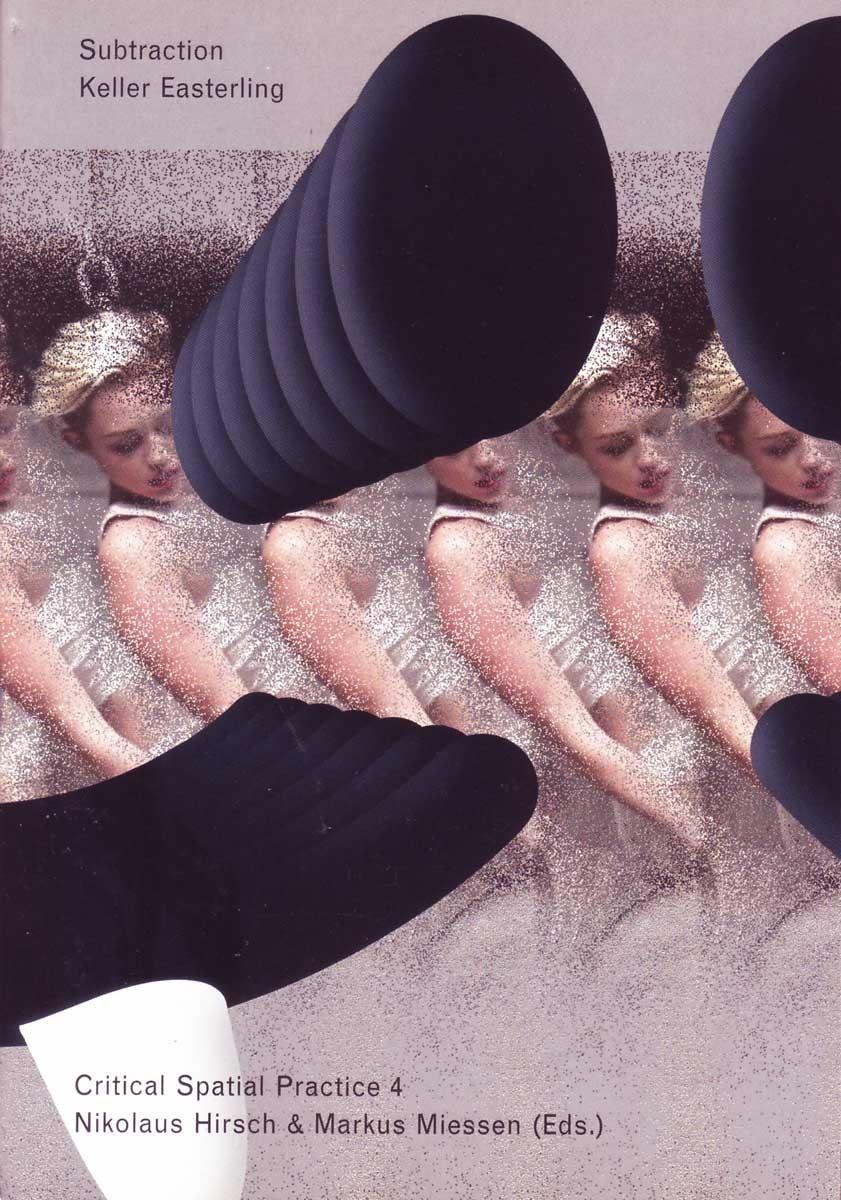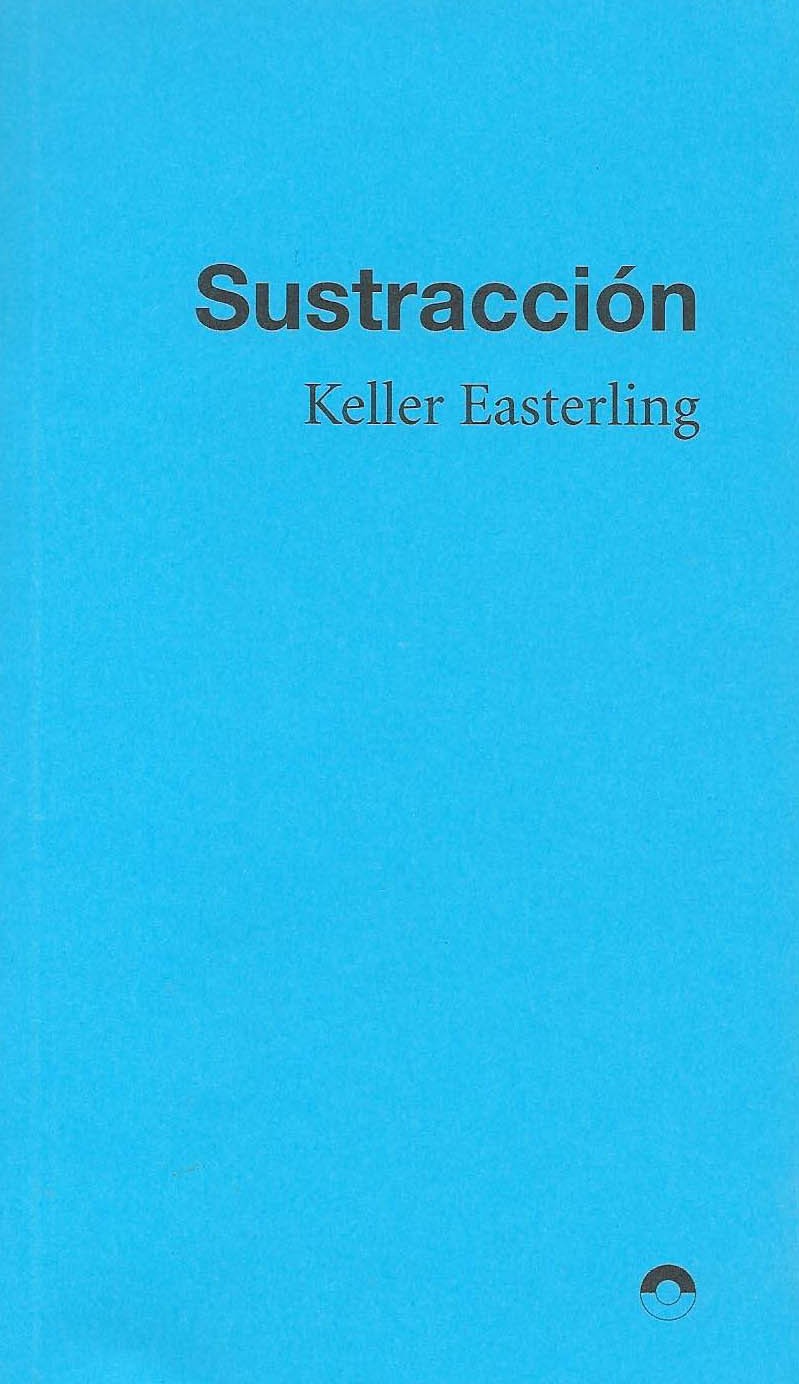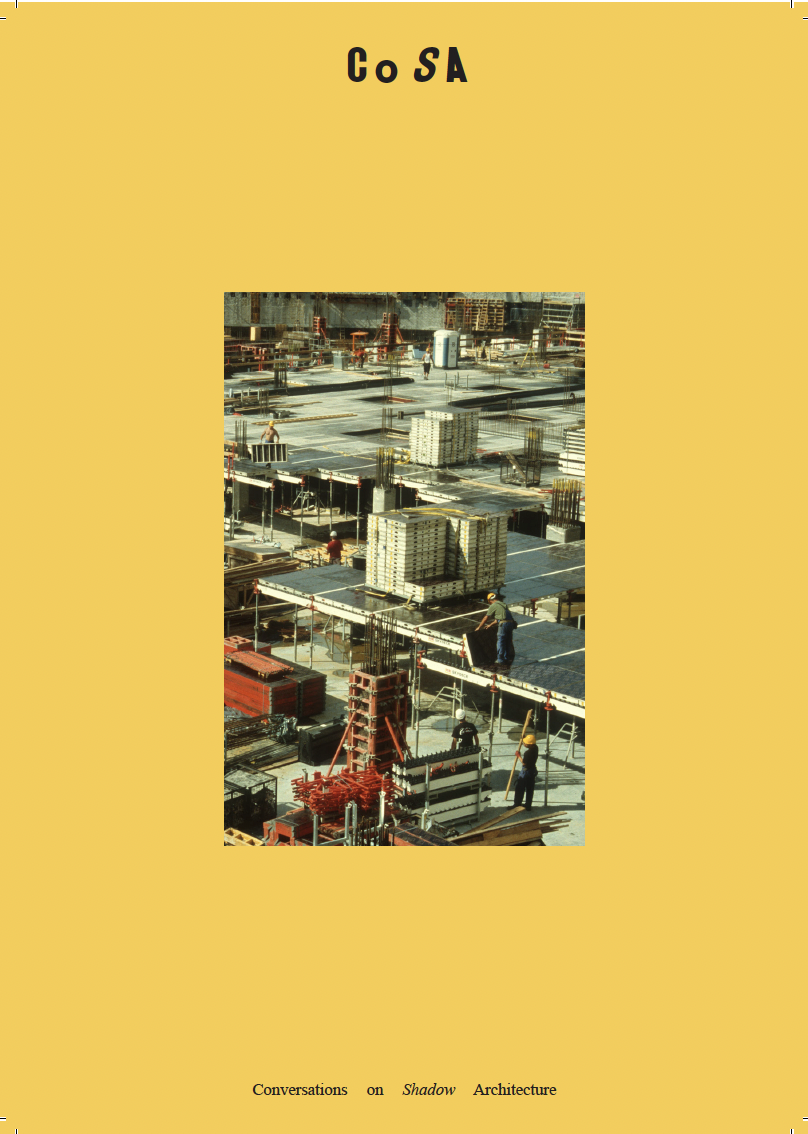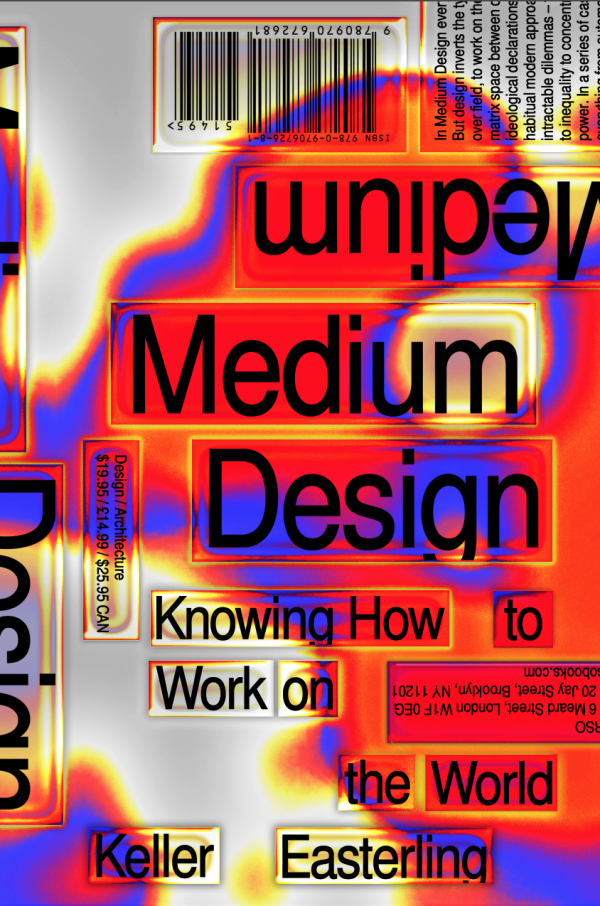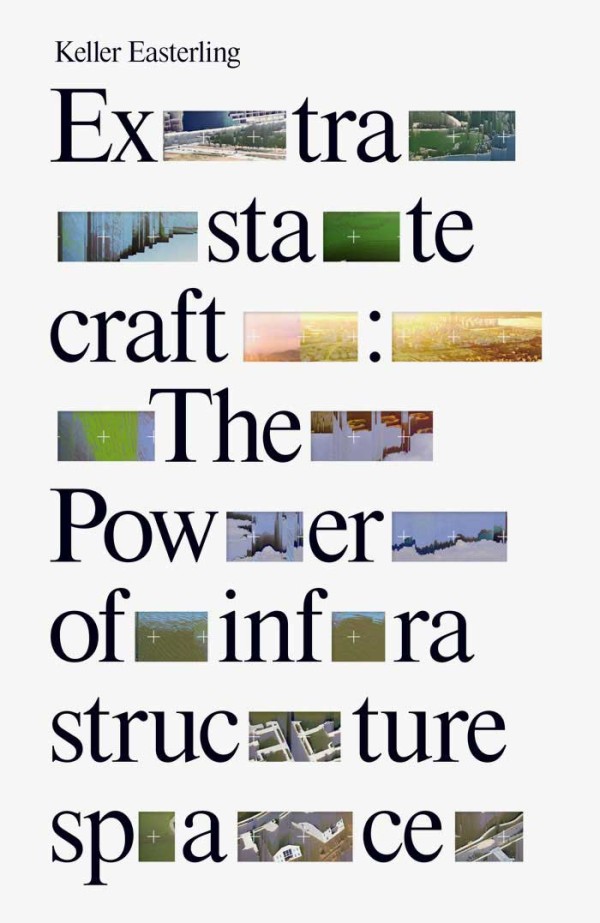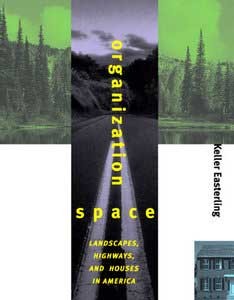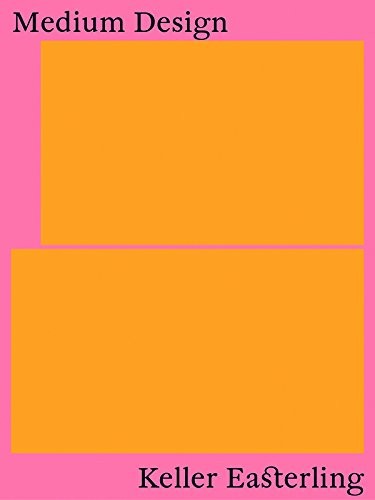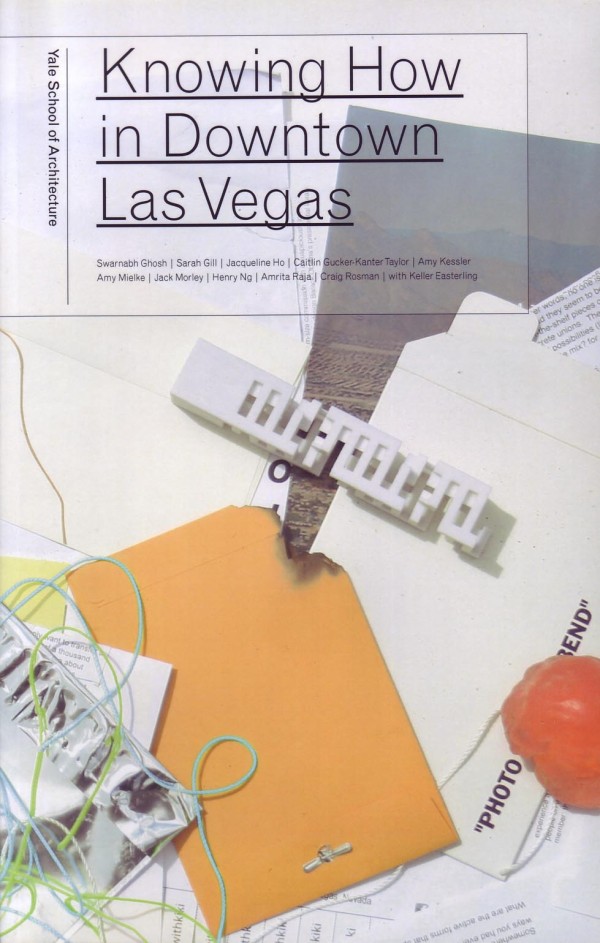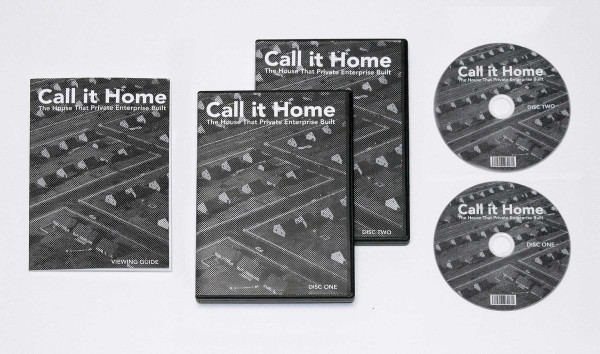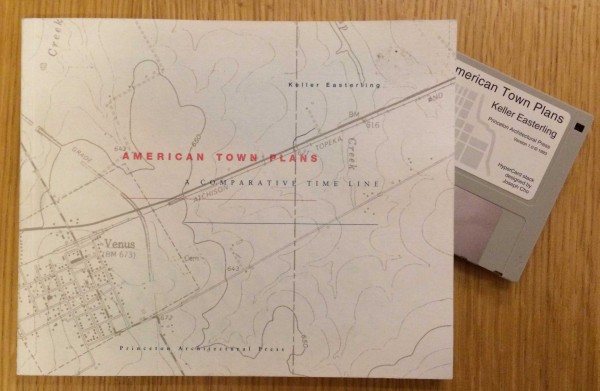Critical Spatial Practice 4: Subtraction
Sternberg Press — April 15, 2014
Unbuilding is the other half of building. Buildings, treated as currency, rapidly inflate and deflate in volatile financial markets. Cities expand and shrink. Whether through the violence of planning utopias or war, they are also targets of urbicide. Repeatable spatial products quickly make new construction obsolete. The powerful bulldoze the disenfranchised. Buildings can radiate negative real estate values and cause their surroundings to topple to the ground. Demolition has even become a spectacular entertainment.
Often treated as failure or loss, subtraction when accepted as part of an exchange can be growth. However, in failure, buildings can create their own alternative markets of durable spatial variables that can be managed and traded by citizens and cities rather than the global financial industry.
These ebbs and flows—the appearance and disappearance of building—can be designed. A subtraction protocol might be used in any location where development would be wise to retreat from flood plains, special land preserves or distended fields of sprawl. Architects trained to make the building machine lurch forward may know something about how to put it into reverse.
Spanish Translation, Puente Editores, Barcelona, 2023; Excerpted in A Way, Away (Listen While I Say): a Project by Amanda Willliams and Andres L. Hernandez, Pulitzer Arts Foundation, St. Louis, 2017 and Conversations on Shadow Architecture, Edited by Eneke Dane)
